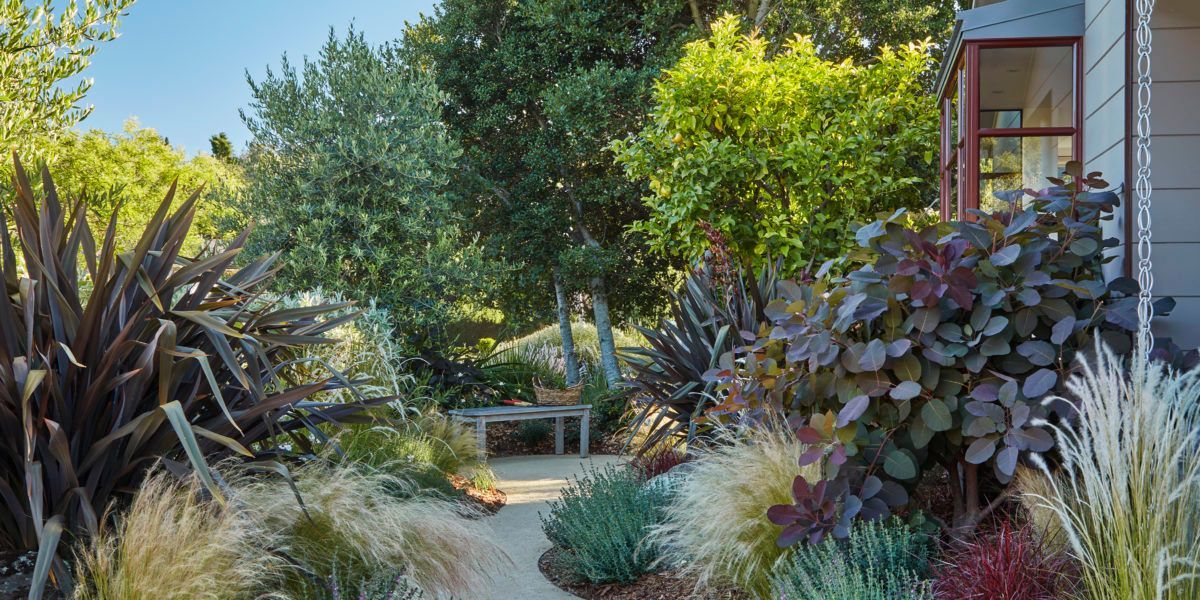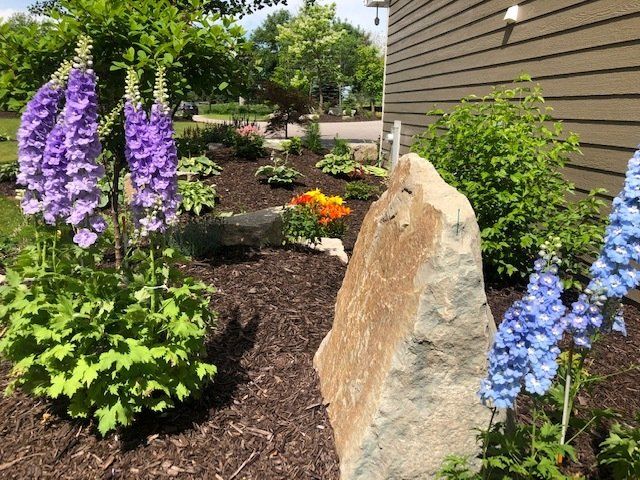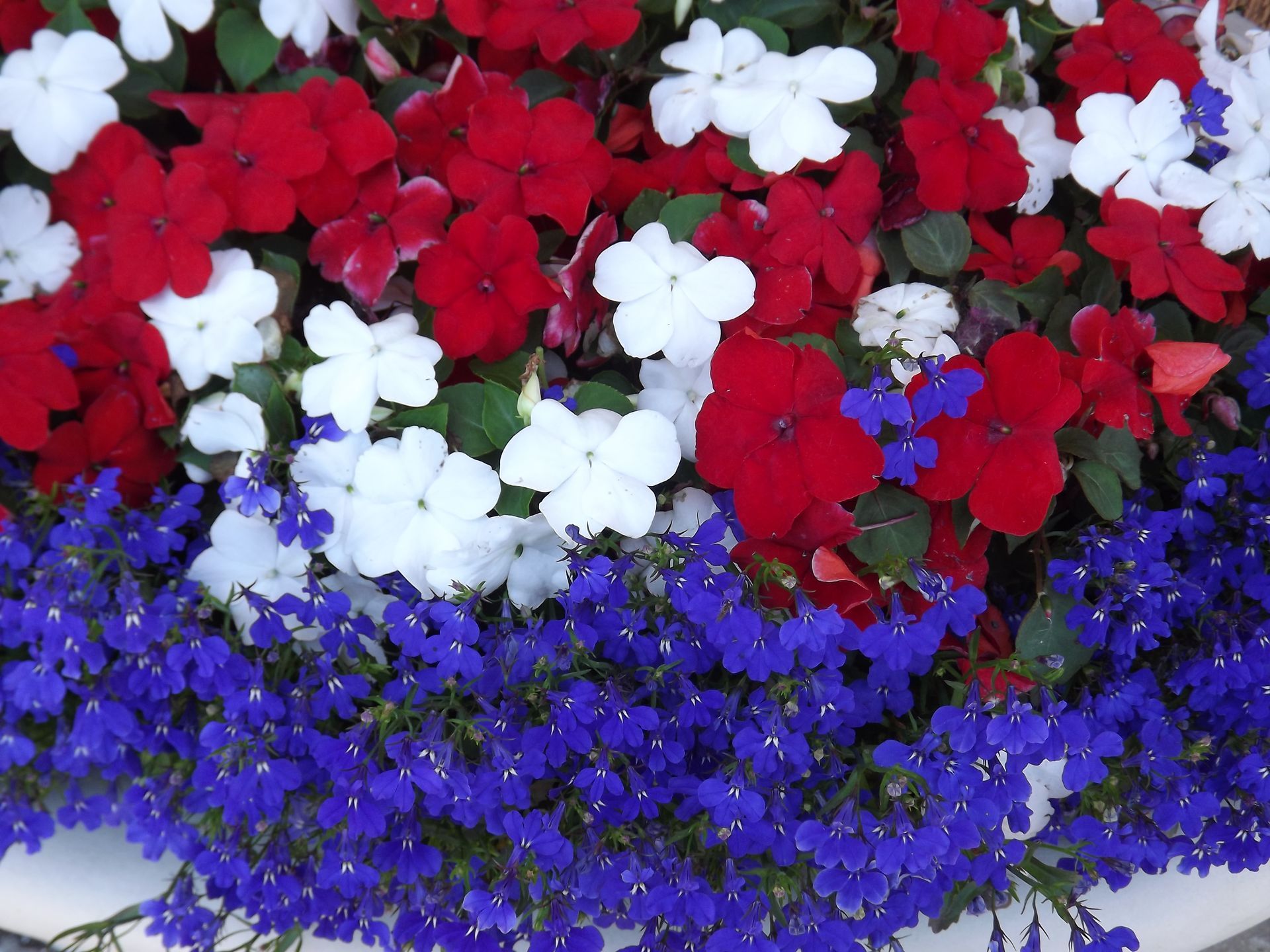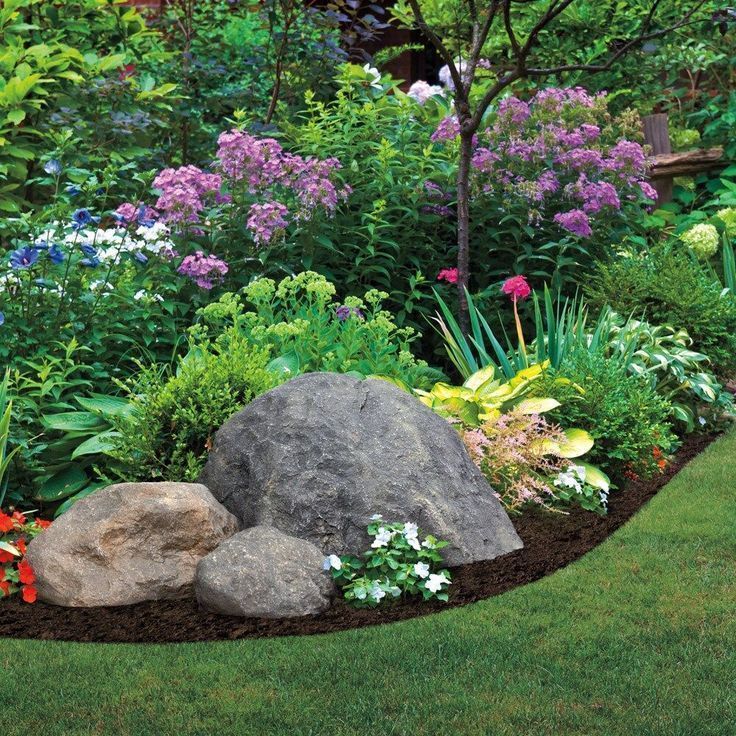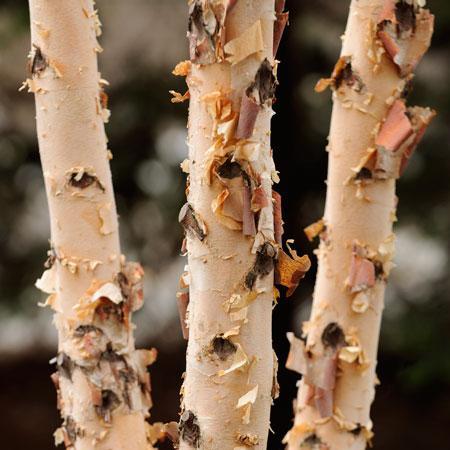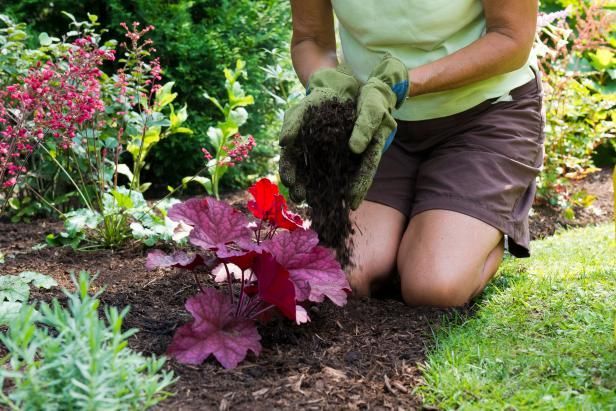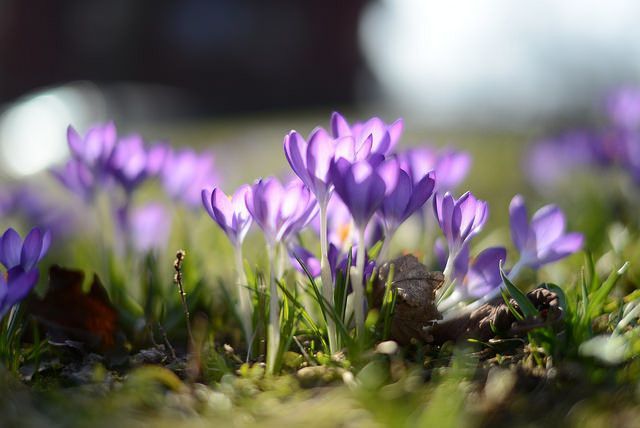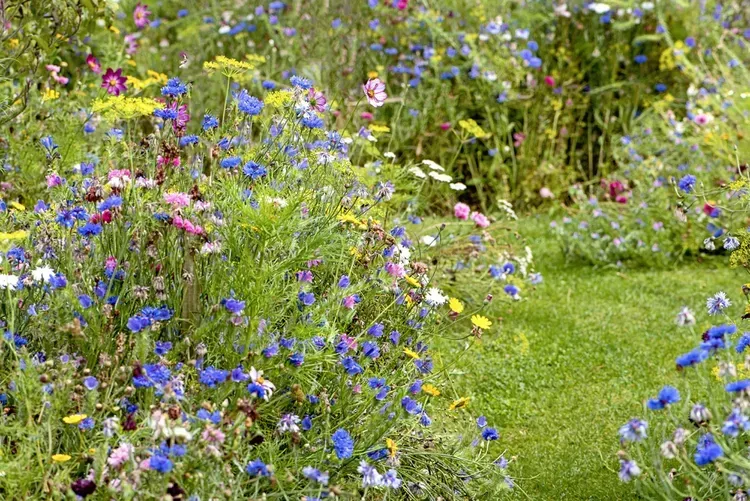Hurray for Hostas!
Landscaping with Hostas
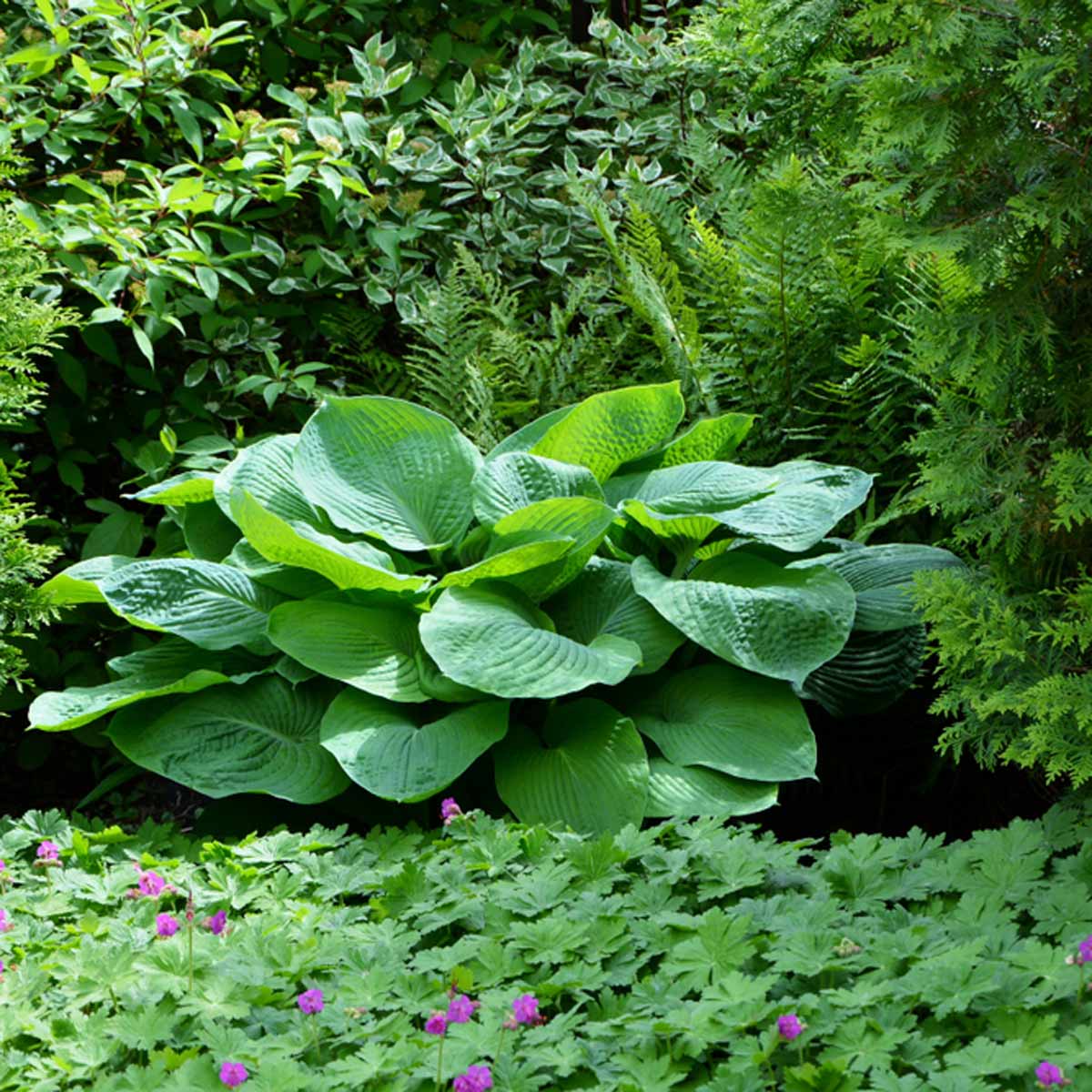
Everyone with shade in their garden knows the value of hosta. But not everyone knows how to use this beautiful and beloved shade-loving perennial. Here are some tips on landscaping with hostas.
DO: Group the Same Varieties
You can avoid a spotty look by clustering multiple specimens of the same cultivar. By massing them together, you give them more visual weight. They don’t end up looking like an afterthought.
DON’T: Strand a Specimen
Plopping a solitary hosta in the middle of a bed by itself can make it look lonely and forlorn. It is especially apparent with this variegated hosta, which looks entirely out of place among more natural-looking companions.
DO: Make it Look Intentional
There are exceptions to the previous rule. This solitary hosta actually works aesthetically. The reason: it’s big enough to be a focal point. Plus, the non-variegated foliage is a more natural-looking partner with the other plants. Note how companion plants surround the hosta—almost embracing it—to create a stage for the focal point plant.
DON’T: Get Carried Away with Variegation
Gardeners love variegation for its ability to stand out and brighten a scene. But putting a bunch of unrelated variegated varieties together just looks busy and even a bit chaotic. Better to pick one variety and repeat it for emphasis.
DO: Use Variegation Wisely
Variegated hosta is tailor-made for lining a path. It not only looks good, it serves a practical purpose because the variegated leaves are easier to spot at night—thus providing an element of safety.
DON’T: Have One of Everything
Shoehorning into the garden one of every hosta variety you find results in a hodgepodge effect. It becomes a collector’s garden, which might suit a conservatory but doesn’t hold much promise for home gardeners. If you’re going to use multiple varieties, break them up in clusters of threes or fives so they carry more weight. The effect will be more pleasing.
https://www.familyhandyman.com